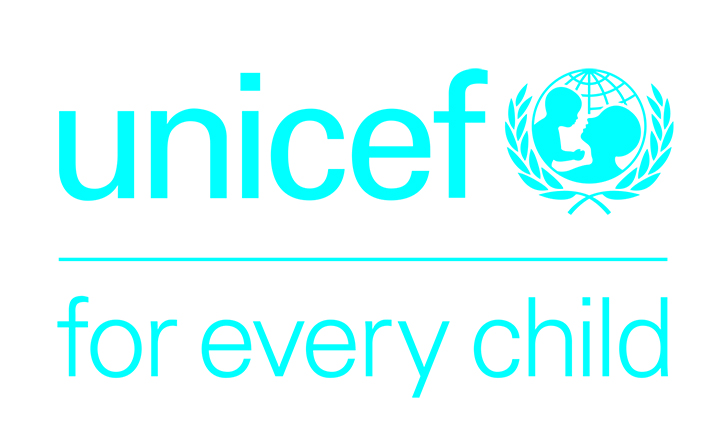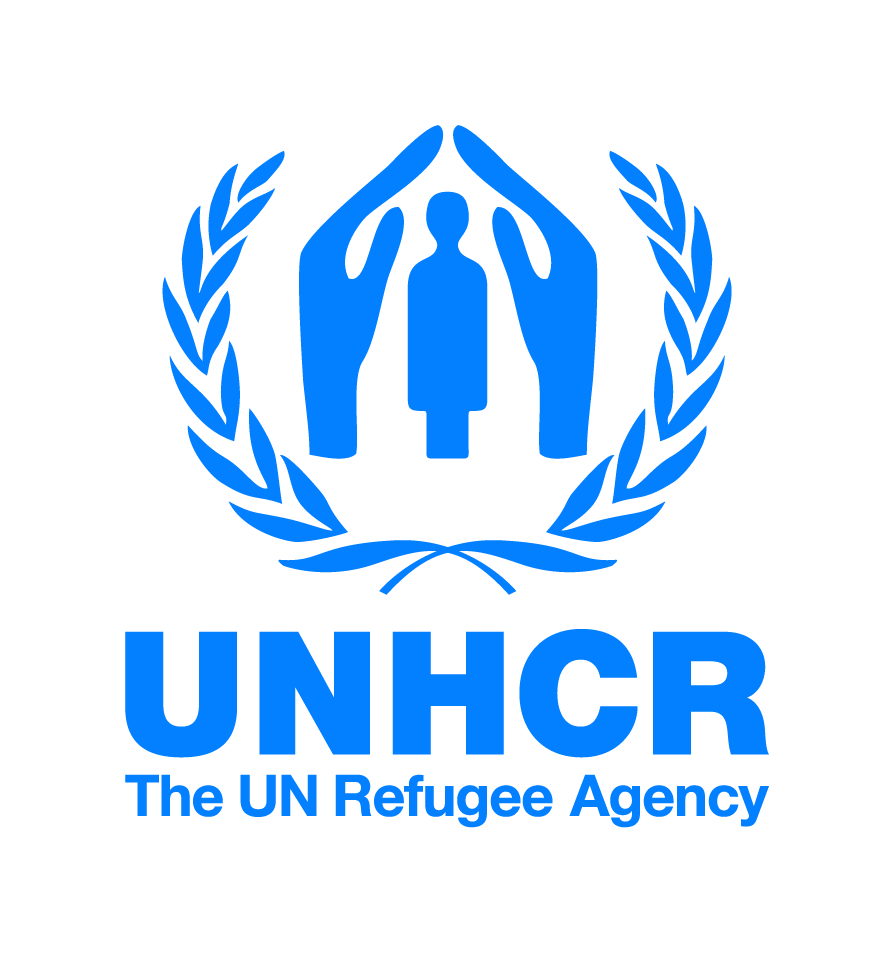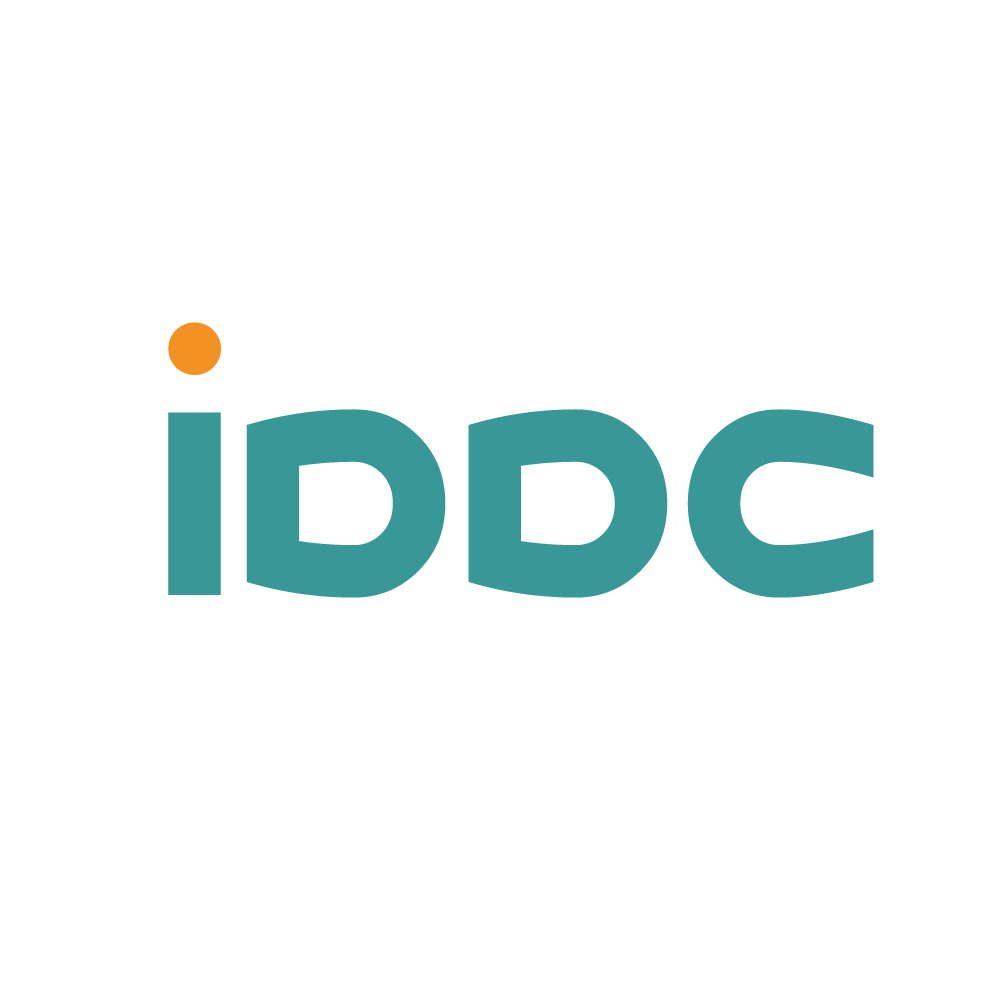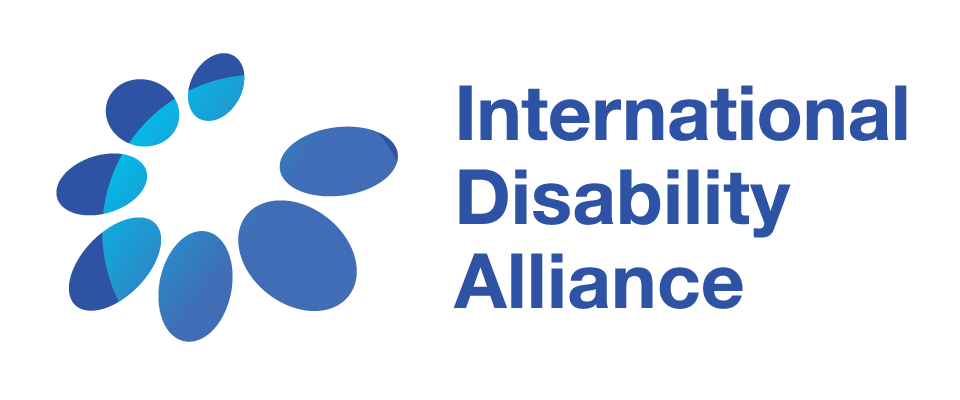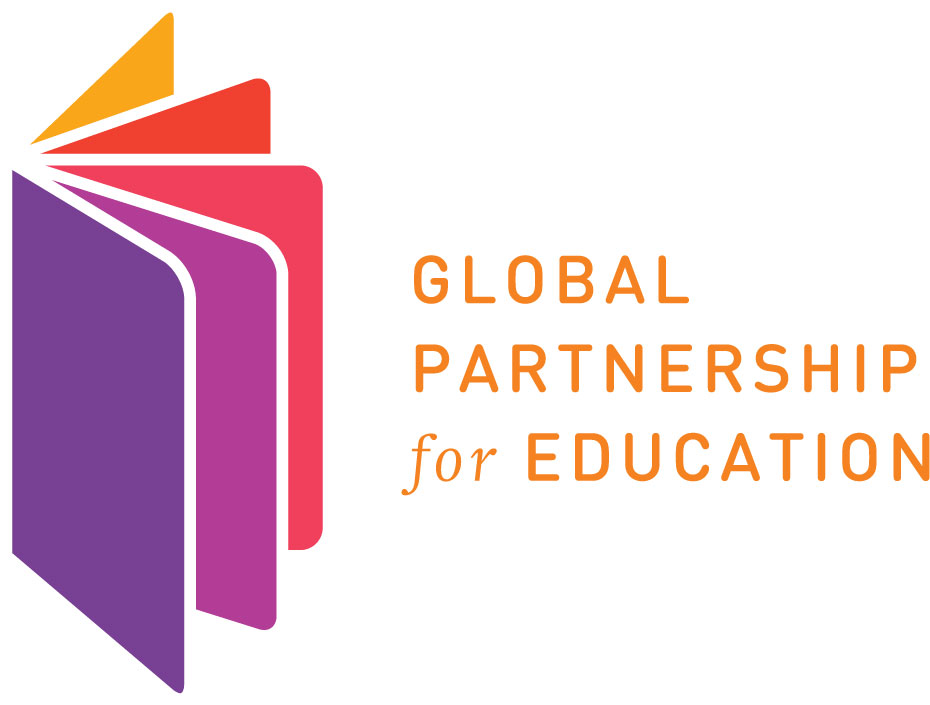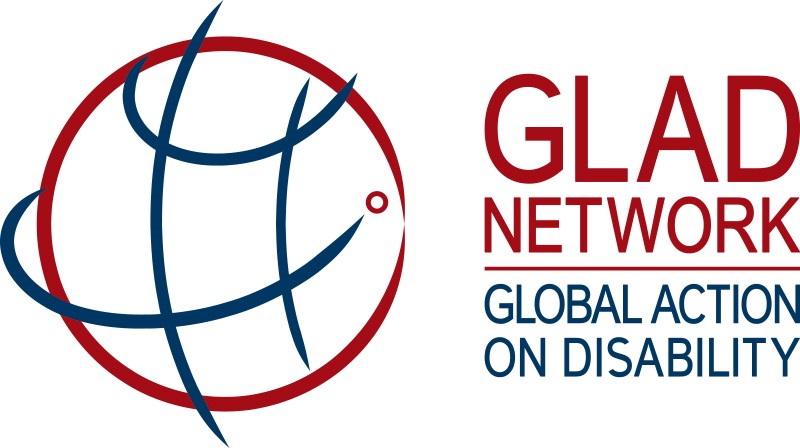Image credit: Jenn Gardella/Save the Children
1. Widen the understanding of inclusive education: It should include all learners, regardless of identity,background or ability. Tweet
Although the right to inclusive education encompasses all learners, many governments are yet to base their laws, policies and practices on this principle. While 68% of countries have a definition of inclusive education in their laws, policies and practices, only 57% of definitions cover multiple marginalized groups. In 26% of countries, the definition of inclusive education covers only people with disabilities or special needs.
Education systems that celebrate diversity, and rest on a belief that every person adds value, has potential and should be treated with dignity, enable all to learn not only the basics but also the broader range of skills needed to build sustainable societies. This is not about setting up an inclusive education department. Rather, it is about not discriminating against anyone, not rejecting anyone, making all reasonable accommodations to cater for diverse needs, and working towards gender equality. Interventions should be coherent from early childhood to adulthood to facilitate lifelong learning, and thus an inclusive perspective should be adopted in education sector plan preparation.
2. Target financing to those left behind: There is no inclusion while millions lack access to education. Tweet
A quarter of a billion children and youth remain out of school, and many learners leave school early. Two African countries ban pregnant girls from school, 117 countries allow child marriage, and 20 countries have not ratified the Minimum Age Convention to prevent child labour. About one in four countries has affirmative action programmes for access to tertiary education.
Once legal instruments are in place to address these barriers, governments need a twin-track approach that allocates general funding to foster an inclusive learning environment for all learners, as well as targeted funding to follow the furthest behind as early as possible. Non-education financing policies are critical. Since the 1990s, social protection programmes in Latin America have increased education attainment by 0.5 to 1.5 years. Upon access to school, early interventions can considerably reduce the potential impact of disability on progression and learning.
3. Share expertise and resources: This is the only way to sustain a transition to inclusion. Tweet
Laws in 25% of countries (but over 40% in Asia and in Latin America and the Caribbean) provide for education of students with disabilities in separate settings, 10% in integrated settings and 17% in inclusive settings, the remainder opting for combinations of segregation and mainstreaming. In many ways, achieving inclusion is a management challenge. Human and material resources to address diversity are scarce. Historically they have been concentrated in a few places as a legacy of segregated provision and are unequally distributed. In several countries, resource centres or itinerant specialist teachers are used to transition to inclusion. Mechanisms and incentives are needed to move them flexibly to ensure that specialist expertise supports mainstream schools and non-formal education settings.
4. Engage in meaningful consultation with communities and parents: Inclusion cannot be enforced from above. Tweet
Parents may hold discriminatory beliefs about gender, disability, ethnicity, race or religion. Some 15% of parents in Germany and 59% in Hong Kong, China, feared that children with disabilities disrupted others’ learning. Fixed beliefs may mean families with choice avoid disadvantaged local schools or mainstream schools if they feel these do not cater for their children’s needs. In Australia’s Queensland state, 37% of students in special schools had moved from mainstream schools.
Governments should open space for communities to voice their preferences as equals in the design of policies on inclusion in education. In OECD countries, the share of students who felt they belonged in school fell from 82% in 2003 to 73% in 2015. Schools should increase interaction within and outside of school walls on the design and implementation of school practices through parent associations or student pairing systems. Everybody’s view should count.
5. Ensure cooperation across government departments, sectors and tiers: Inclusion in education is but a subset of social inclusion. Tweet
Ministries sharing administrative responsibility for inclusive education must collaborate on identifying needs, exchanging information and designing programmes. A mapping of inclusive education implementation in 18 European countries showed substantial division of labour. Cross-sector collaboration can provide one-stop shops, the ideal in service delivery to individuals and households with multiple and complex needs.
Not all programmes that target disadvantaged groups can be delivered at the same location; however, they should be linked to maximize synergies. In Colombia, social programmes are tied to multidimensional poverty index scores for each family, which they can consult to see what support they are eligible for. Some 89% of countries have school health and nutrition programmes.
Decentralization can exacerbate inequality when it does not fully take into account local governments’ uneven capacity for resource mobilization. In the United Kingdom, while the number of children and youth with an education, health and care plan rose by 33% between 2015 and 2019, funding to local councils increased by only 7%. Central governments need to ensure human and financial support for local governments to carry out clearly defined inclusive education mandates.
6. Make space for non-government actors to challenge and fill gaps: They must also make sure they work towards the same inclusion goal. Tweet
Government must provide leadership and maintain dialogue with NGOs to ensure that education service provision leads to inclusion, meets standards and is aligned with national policy, and does not replicate services or compete for limited funds. Government should also create conditions enabling NGOs to monitor fulfilment of government commitments and stand up for those excluded from education. A 2001 NGO campaign in Armenia resulted in a new legal and budget framework to roll out inclusive education nationally by 2025.
7. Apply universal design: Ensure inclusive systems fulfil every learner’s potential. Tweet
All children should learn from the same flexible, relevant and accessible curriculum, one that recognizes diversity and responds to various learners’ needs. Yet many countries still teach students with disabilities a special curriculum, offer refugees only the curriculum of their home country to encourage repatriation, and tend to push lower achievers into slower education tracks. Curriculum challenges arise in several contexts, from internally displaced populations in Bosnia and Herzegovina to gender issues in Peru, linguistic minorities in Thailand, Burundian and Congolese refugees in the United Republic of Tanzania and indigenous peoples in Canada. In Europe, 23 of 49 countries did not address sexual orientation and gender identity expression explicitly.
Spoken and signed languages and images in textbooks should make everyone visible while removing stereotypes. In India’s Odisha state, multilingual education covered about 1,500 primary schools and 21 tribal languages of instruction. The share of females in secondary school English language textbook text and images was 44% in Indonesia, 37% in Bangladesh and 24% in Punjab province, Pakistan.
Assessment should be formative and allow students to demonstrate learning in a variety of ways. In seven sub-Saharan African countries, no teacher had minimum knowledge in student assessment to improve learning. School infrastructure should not exclude anyone, yet some 335 million girls still attend primary and secondary schools that lack facilities essential for menstrual hygiene. The huge potential of technology should be exploited.
8. Prepare, empower and motivate the education workforce: All teachers should be prepared to teach all students. Tweet
Teachers need training on inclusion. Some 25% of teachers in 48 middle- and high-income countries reported a high need for professional development on teaching students with special needs. Across 10 francophone sub-Saharan African countries, just 8% of grade 2 and 6 teachers had received in-service training on inclusive education. Inclusive approaches should not be treated as a specialist topic but as a core element of teacher education, whether initial education or professional development. Such programmes need to focus on tackling entrenched views of some students as deficient and unable to learn. Head teachers should be prepared to implement and communicate an inclusive school ethos.
A diverse education workforce also supports inclusion by offering unique insights and serving as role models to all students. In India, the share of teachers from scheduled castes, which constitute 16% of the country’s population, increased from 9% in 2005 to 13% in 2013.
9. Collect data on and for inclusion with attention and respect: Avoid stigmatizing labelling. Tweet
Since 2015, 41% of countries, representing 13% of the global population, have not had a publicly available household survey to provide disaggregated data on key education indicators. Education ministries must collaborate with other ministries and statistical agencies to collect population-level data coherently so as to understand the scale of disadvantage for the marginalized.
On disability, the use of the Washington Group Short Set of Questions and the Child Functioning Module should be prioritized. Administrative systems should aim to collect data for planning and budgeting in provision of inclusive education services, but also data on the experience of inclusion. However, the desire for detailed or robust data should not take priority over ensuring that no learner is harmed. Portugal recently legislated a non-categorical approach to determining special needs.
10. Learn from peers: A shift to inclusion is not easy. Tweet
Inclusion represents a move away from discrimination and prejudice, and towards a future that can be adapted to various contexts and realities. Neither the pace nor the specific direction of this transition can be dictated, but much can be learned from sharing experiences through teacher networks, national forums, and regional and global platforms. We must work together to build a world that sees diversity as something to celebrate, not a problem to rectify. The Global Education Monitoring Report country profiles, (PEER), are intended to contribute to this peer learning process.
Endorsers
These organizations have endorsed the 2020 GEM Report recommendations.
